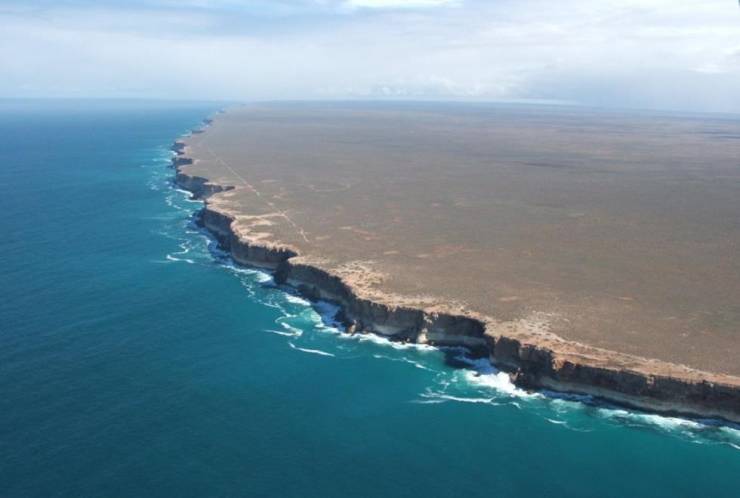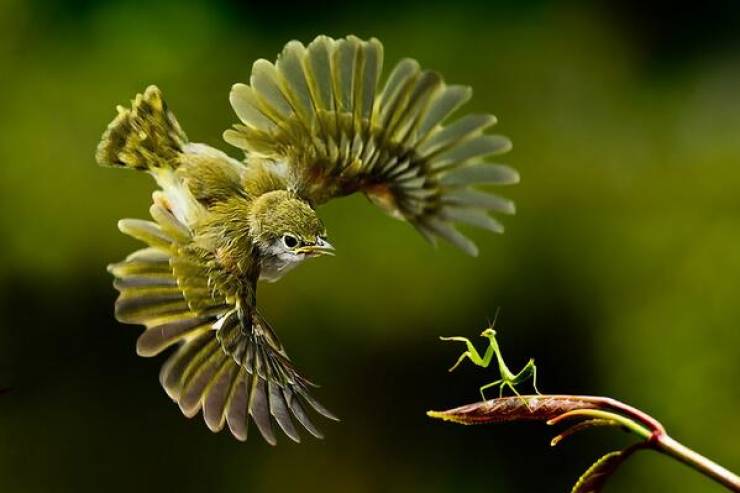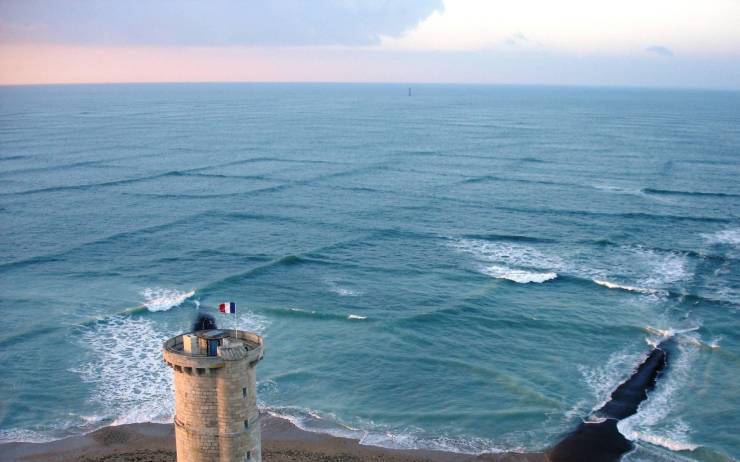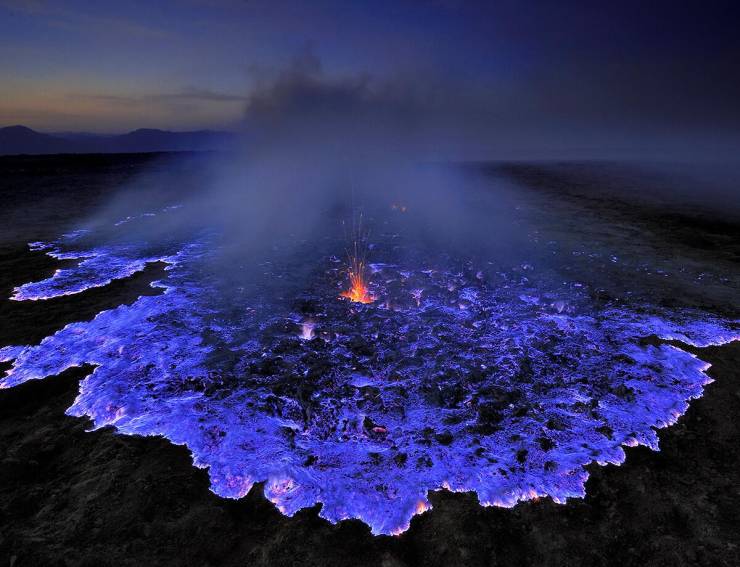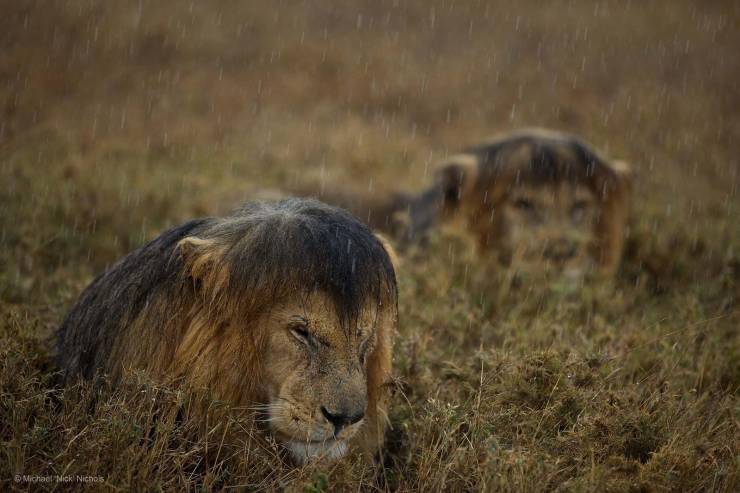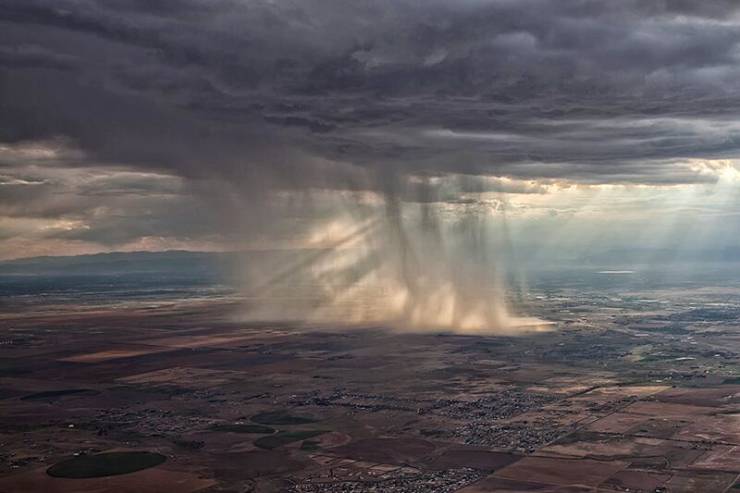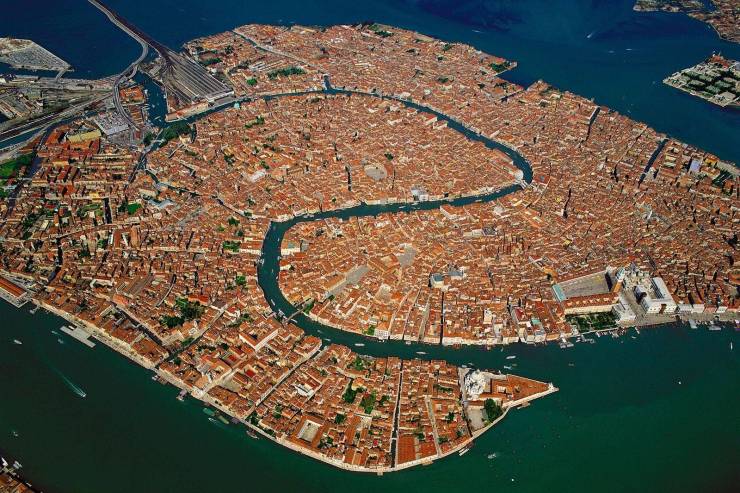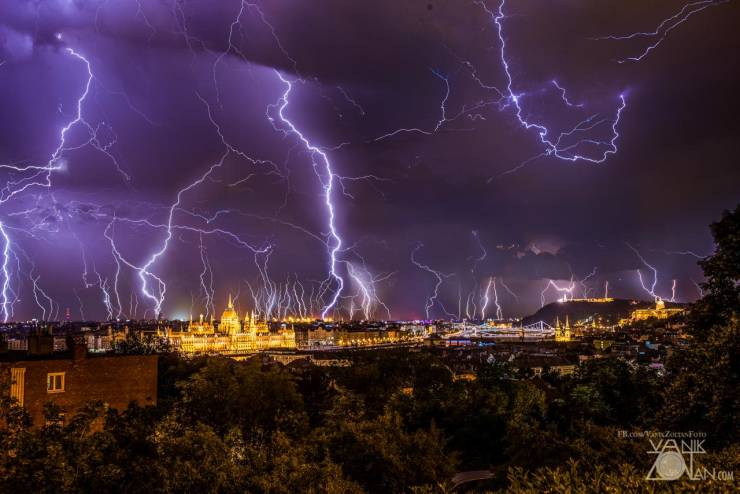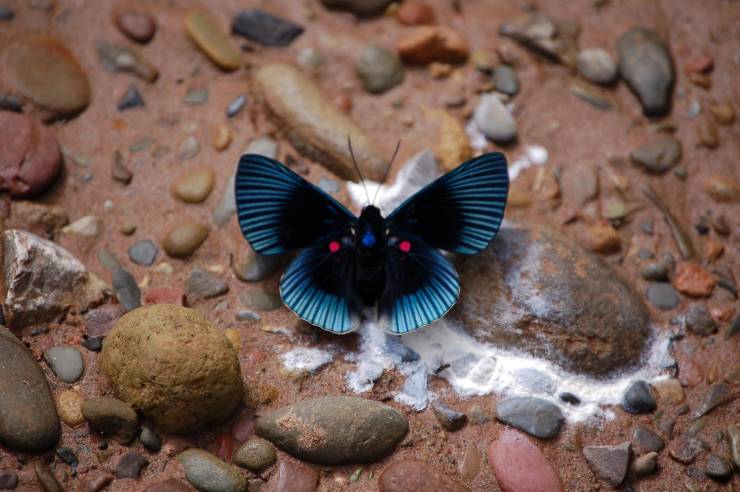Fabulous Photographs... it's quite a fascinating world
The end of Australia
This is what it looks like when a praying mantis takes on a bird.
This is called cross sea. A cross sea is a sea state with two wave systems traveling at oblique angles.
This is what an eight-ton Orca jumping 20 feet out of the water looks like.
This is what a bubble looks like mid-pop.
This is what Wiltshire, England looks like.
This is what the Seattle skyline looks like.
This is what a sunset looks like from above the clouds.
This is a volcano in Ethiopia that burns bright blue.
This is what lions look like in the rain.
This is what a tree farm looks like.
This is what a huge rhododendron tree looks like.
This is how massive Tokyo is.
This is what a rainstorm over the city of
Denver looks like.
This is a process called guttation. The plant is expelling water due to a positive root pressure.
This is what a Russian Red Fox looks like.
This is what the clovers that cover the floor of the California Redwood Forest look like.
This is what Jupiter looks like from the bottom.
This is what a castle on an island in Ireland looks like.
This is what Venice looks like from above.
This is what the Dark Hedges of Northern
Ireland look like.
This is what the pyramids look like from Cairo street.
This is what the border of the United States and Canada looks like.
This is what two hours??? worth of lightning
on one pic looks like.
This is what an Osirian Rose looks like.
This is what the turquoise ice formations on
Lake Baikal, Russia look like.
This is how Mt. Fuji cuts through the clouds.
This is what a snail drinking from a bubble looks like.
This is what Ice Canyon, Greenland looks like.
This is what sunset looks like from space.
This is what an illegally-taken picture from one of the Greta Giza Pyramids looks like.
This is what the Apollo Metalmark Butterfly looks like.
This is what the sun looks like when shot in Ultraviolet.
This is what an oasis in Libya looks like.
This is what blue butterflies in the Amazon rainforest in Brazil look like.
This is what an Icelandic ice cave lit up by a burning flare looks like.
This is what a Lenticular cloud over
Mount Fuji looks like.
This is what it looks like underneath a breaking wave.
This is how you tow an iceberg In Newfoundland, icebergs are harvested for their water.
This is what Paris looks like from the Eiffel Tower.
 I
I
Holy
Roman Emperor Maximillian I wore these armored gloves
from 1508 until his death in 1519. (Now we know where
Star Wars got some of their designs) 
The
Cau Vang, outside the city of Da Nang in Vietnam is
held up by two giant stone hands.

This
amazing 16th Century ring unfolds into an astronomical
sphere. 
This
500-year-old boxwood miniature from the 16th century
was created in the Netherlands 
This
small ornate ax was made in Germany during the late
1500s. 
Carbonized
bread from Pompeii that still has the baker's stamp on
it, 79 AD. 
18th
century carved door in Germany with incredible
workmanship 
A
futuristic-looking 1938 Dymaxion, designed by American
inventor Buckminster Fuller 
The
library inside of the Waldsassen Abbey in Bavaria
holds thousands of volumes bound in white pigskin. 
'Cow
shoes' used by moonshiners in the Prohibition days to
disguise their footprints, 1924 
Designed
and built in the late 1800's, this steamer trunk
coverts into a stand-up dresser so the traveler
doesn't have to unpack. 
The
1936 Stout Scarab is one of the first minivans. 
Marketed
as a toy for kids, U-238 Atomic Energy Labs came with
three different types of live uranium ore and a Geiger
counter.

Shoes
worn by Allied spies during World War II to steer the
adversaries in the opposite direction 
The
ornate Elephant Tower of the Carlsberg Brewery in
Kopenhagen, 1901. 
A
triple-decker bus roaming the streets of Berlin,
Germany. 
Extreme
tree pruning crew from the late 1800s. 
17
year-old Juliane Koepcke was sucked out of an airplane
in 1971 after it was struck by a bolt of lightning.
She fell 2 miles to the ground, strapped to her seat
and survived after she endured 10 days in the Amazon
Jungle. 
90-year-old
Grandma in the Czech Republic passes time by
artistically painting houses. 
Nicknamed
'Methuselah' this Californian bristlecone pine tree
was seeded in the year 2833 BC, which makes this tree
4,850 years old.  Wonder
.. for sure... how the age of this tree is known?
Wonder
.. for sure... how the age of this tree is known?
Infants
sleeping in the open air after lunch at a maternity
hospital in Moscow, 1958 
Mildred
Burke, a pioneer of women's pro-wrestling who began
wrestling men at carnivals in 1935. She would go on to
wrestle over 200 men, losing to only 1. 
One
of the most iconic photographs ever taken/ Bob Hope,
John Wayne, Ronald Reagan, Dean Martin, and Frank
Sinatra (circa 1975) 
The
ornate Klementinum Library in Prague. 
Hope
you enjoyed these history photos......
Groups.io Links:
You receive all messages sent to this group.
View/Reply Online (#80809) | Reply To Sender | Reply To Group | Mute This Topic | New Topic
Mute #7days
Your Subscription | Contact Group Owner | Unsubscribe [dennis.navy65@gmail.com]


At 106, War Hero Captain Pete Goutiere
Is Still Flying High
Aviator Flew 680 Missions Over the “Hump”
During World War II






